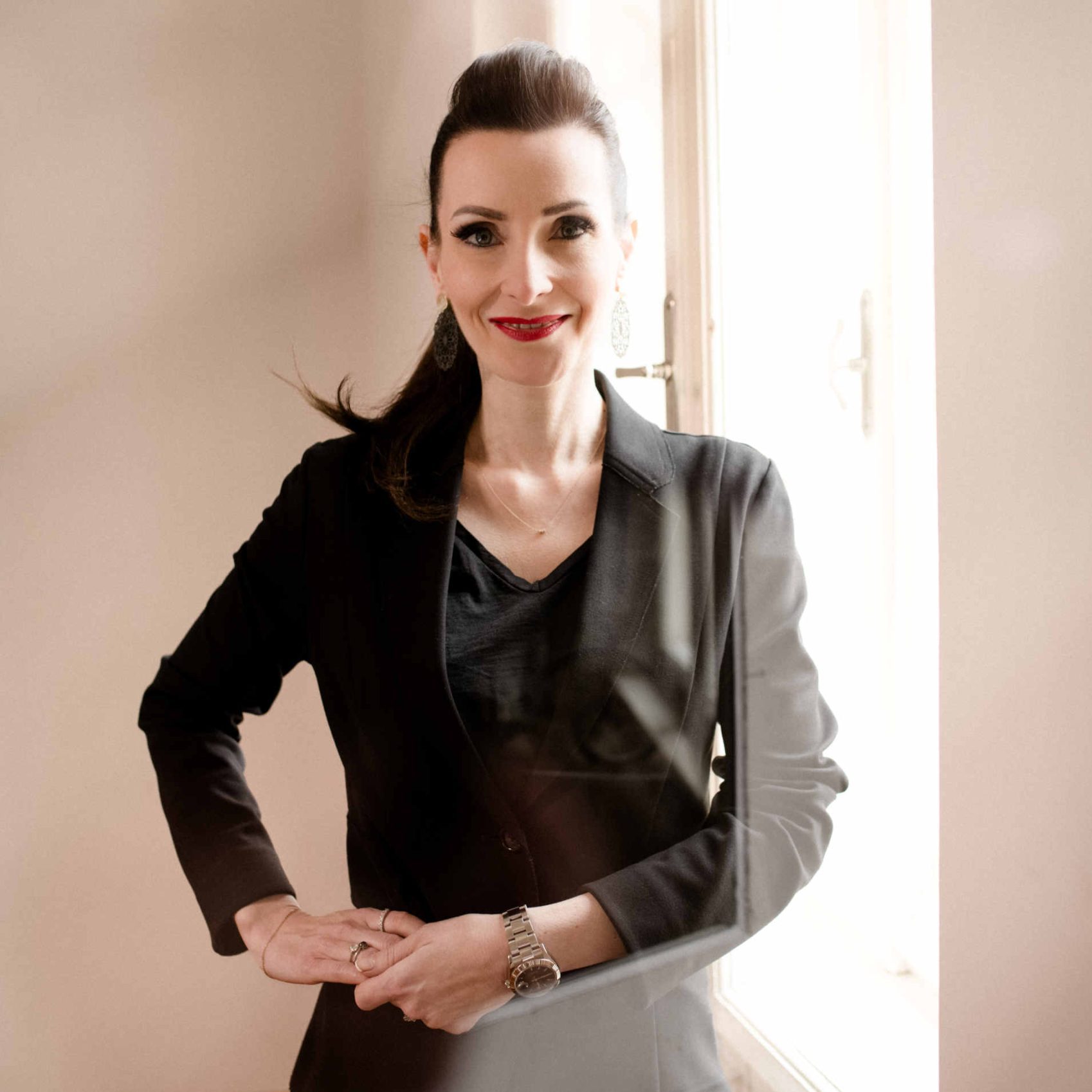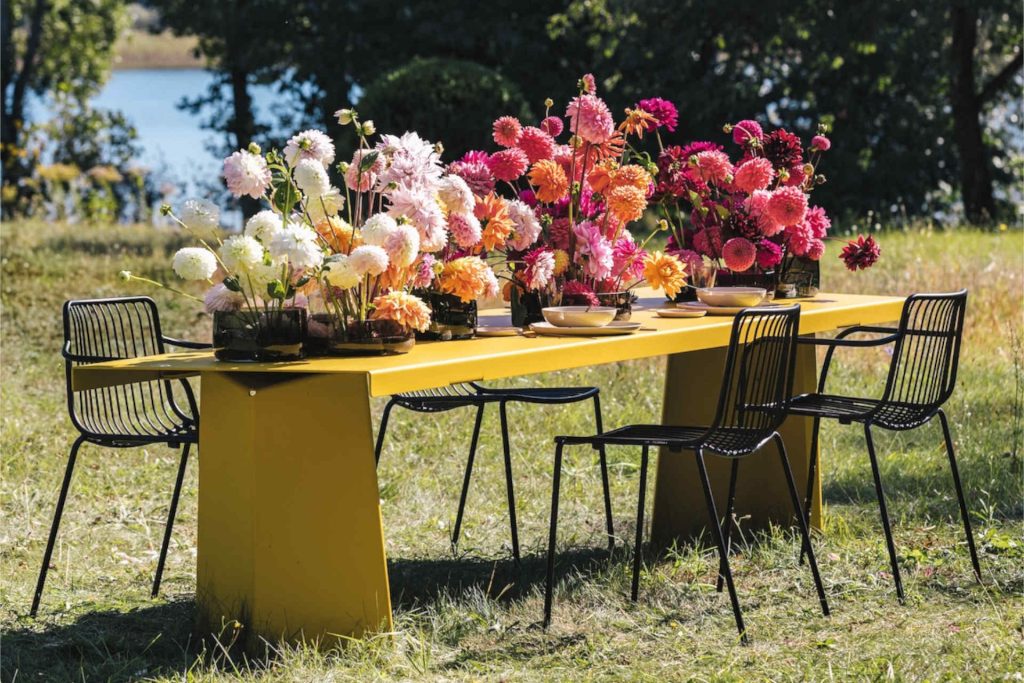
“Sometimes a vase with a well-chosen flower is enough to trigger emotions.”
Björn Kroner
An artfully set table tells more than the menu. For Björn Kroner, the table is not just a place to eat, but the center of life. With his new book Blumen, Glanz und Tafelfreuden (Flowers, Splendor, and Table Delights), he calls for a rethinking of table settings—as a stage for stories, design, and emotions. What the hotel and restaurant industry can learn from this.
A set table can be many things: a place of encounter, a sign of appreciation, a stage for hospitality. For master florist Björn Kroner, it is above all one thing—a matter close to his heart. In his new book, he weaves flowers, light, textiles, and stories into impressive works of art that are intended to inspire restaurateurs and hosts alike. The goal: to create spaces that touch people – beyond standards and conventions.
“A set table remains in the memory longer than the menu served,” writes Kroner. And he makes it clear: if you want to offer guests more than just cuisine today, you have to create an atmosphere – multisensory, emotional, and individual.
For the restaurant industry, this means that flowers are not a minor detail. They shape the first impression, tell stories about the establishment, and convey values such as aesthetics, care, and sustainability. In his floral concepts, Kroner shows how to create memorable images with surprising materials – from ostrich feathers to cardboard stencils.
But it's not about luxury. It's about attitude. “Sometimes a vase with a well-chosen flower is enough to trigger emotions,” he says in conversation. And that's exactly where the power lies: small details that have a big impact.
Especially in times of digitalization and crisis, people long for sensuality, beauty, and genuine experiences. “Beauty is relevant,” emphasizes Kroner. “It is an antidote to the hustle and bustle of the world.” That's why a well-staged table belongs not only in private homes, but in every form of hospitality – whether brasserie or boutique hotel. His appeal: flowers should play a role again. Not as decoration, but as central narrators.
Björn Kroner is more than a florist—he is an ambassador of beauty. With his work, he awakens, inspires rethinking, and shows that the table setting is not a minor detail. It is the stage for hospitality—and deserves more than white tablecloths and loveless accessories. Anyone who wants to truly touch guests in the future must tell stories. And sometimes it starts with a flower.

Sometimes it’s not the loudest that leaves an impression—but the most authentic. Whether it’s an iconic table or sculptural porcelain, these are products with character and attitude—and inspiration for spaces that can do more than just look beautiful.
Finely woven, locally produced, and stylishly presented: table linen from Austria is experiencing a revival. Why regional textiles are taking on new significance for the restaurant and hotel industries and connoisseurs, and how tradition, sustainability, and design are merging to make a strong statement.
At a time when authenticity, regionality, and sustainability have become the currency of upscale hospitality, an often underestimated element is coming back into focus: table linen. What used to be purely functional is now becoming a stylistic extension of the host’s DNA. And it is local companies that are inspiring the industry anew with their spirit of innovation and tradition.
Since its opening, Red Bull Hangar-7 in Salzburg has been regarded as a total work of art—a symbiosis of architecture, aviation, art, and cuisine. Following extensive renovations, the iconic building celebrated its reopening on June 7, 2025, followed by the relaunch of the two Michelin-starred restaurant Ikarus on June 11.


An artfully set table tells more than the menu. For Björn Kroner, the table is not just a place to eat, but the center of life. With his new book Blumen, Glanz und Tafelfreuden (Flowers, Splendor, and Table Delights), he calls for a rethinking of table settings—as a stage for stories, design, and emotions. What the hotel and restaurant industry can learn from this.